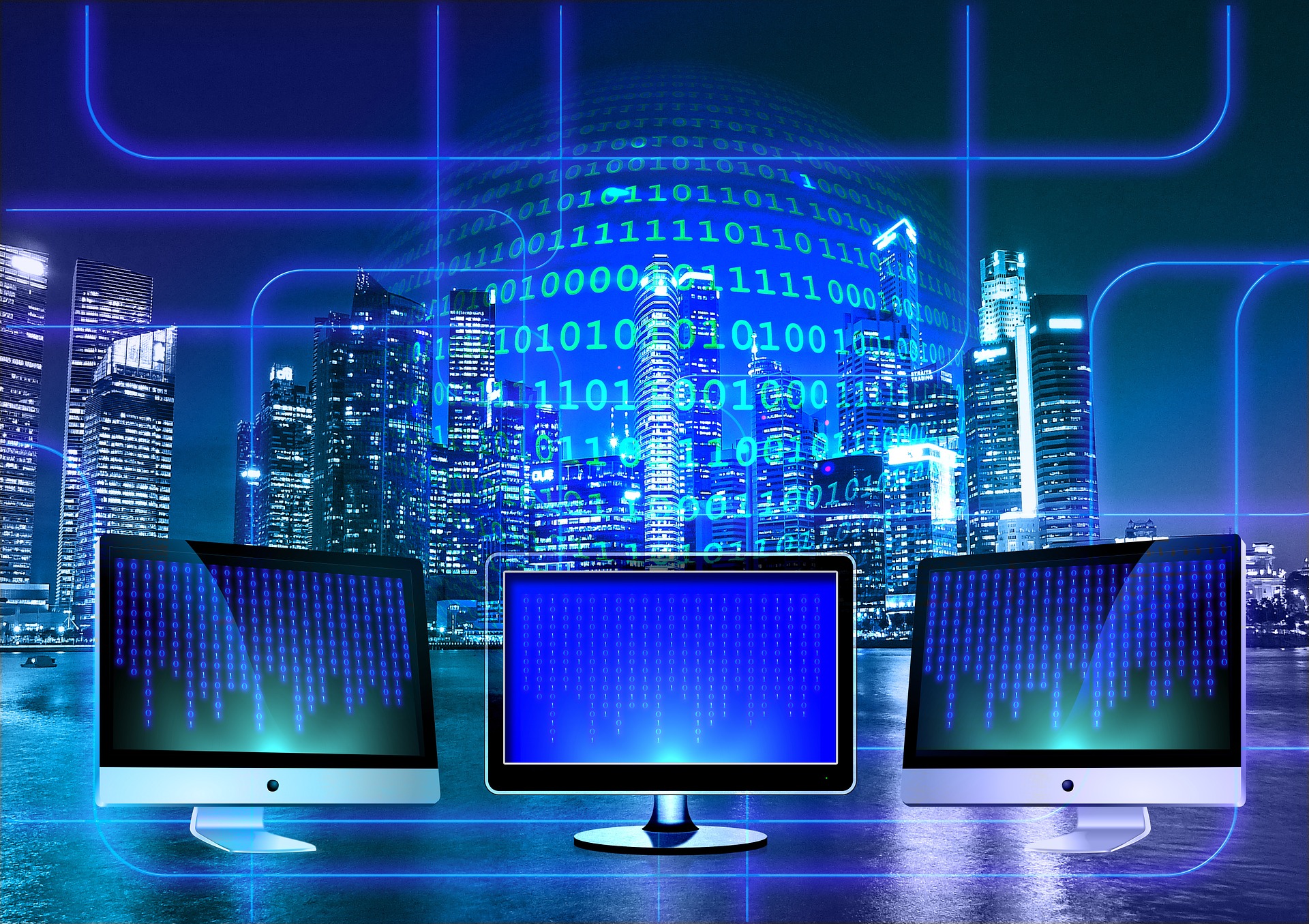
Computer science is a fast growing discipline that plays a very vital role in all aspects of human endeavor by providing vast information resources, fast communication resources and power support for activities in homes, schools and businesses. The more one gets acquainted with advances in this discipline the better one is poised to survive the future. These advances occur in areas such as hardware, software, communications and networks, mobile and wireless connectivity and robotics. Below is a list of current trends in computing.
1. Hardware
Manufacturers intensely are developing and producing new devices, including. Qualcomm Spandragon Processors, ARM Cortex-A53,
NovaThor. This set of hardware contains faster and smaller chips that can perform ground breaking tasks in seconds. Atomic Quantum computers and optical computers can process data at record breaking speeds.
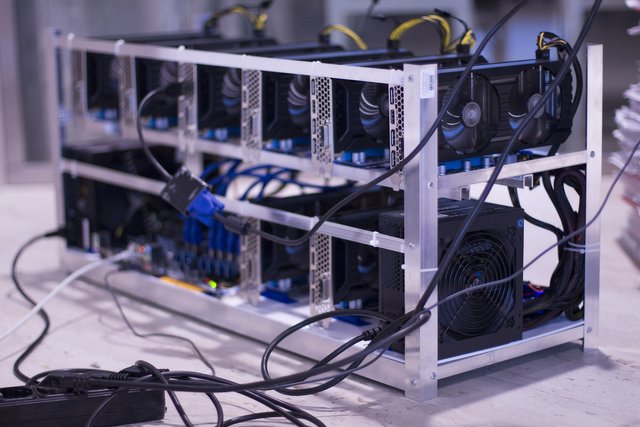
2. Ubiquitous Computing
Computers are getting smaller, faster, and less expensive, they are being utilized in everything from toothbrushes and curling irons to cars and spaceships. This is ubiquitous computing, computers everywhere and used for virtually everything.
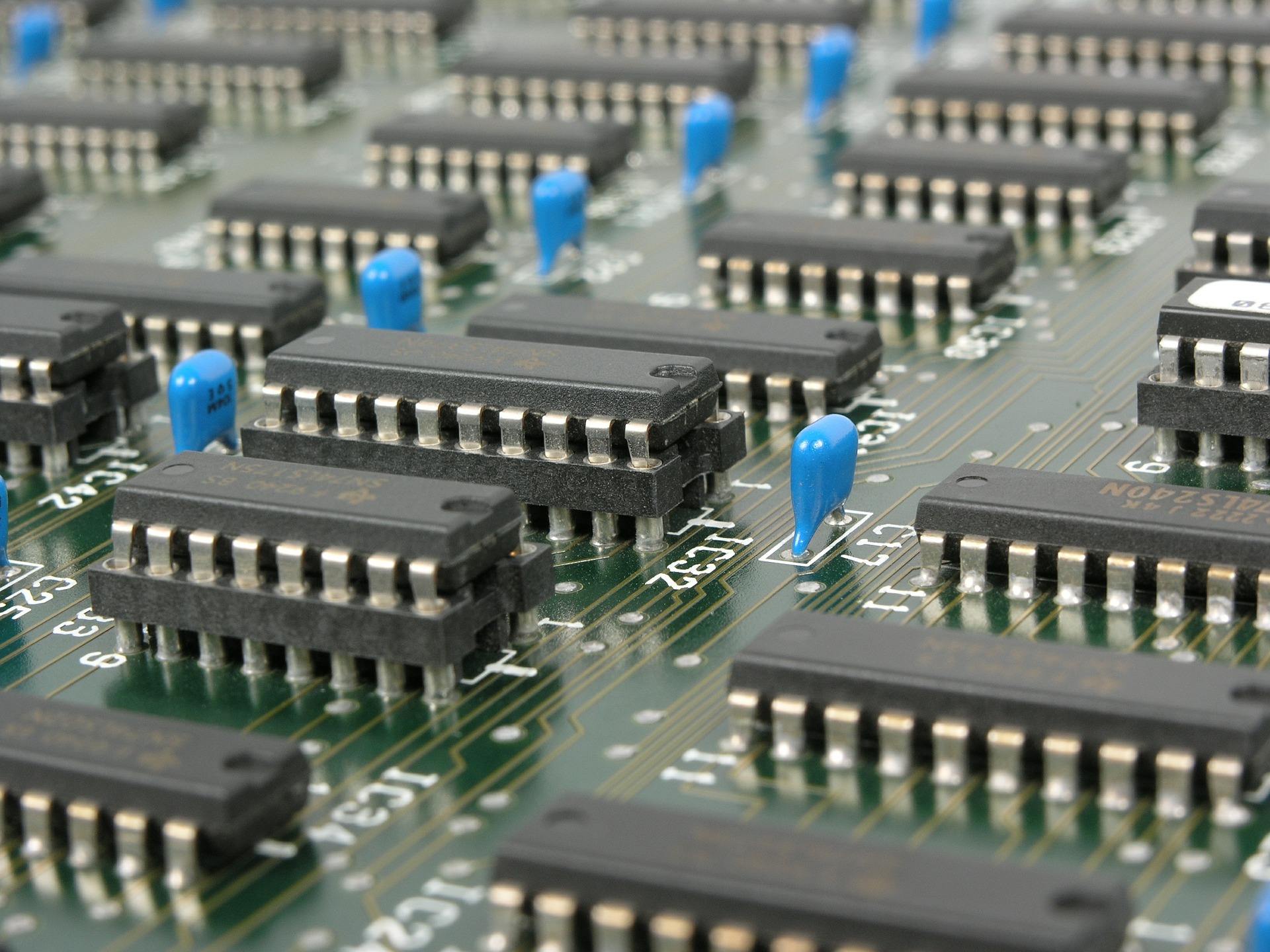
3. Nano-Chips
New production techniques now use Nanotechnology, which is the science of building molecular devices one atom at a time. This technology increases computing power, and enhances the intelligence needed to solve some of the most complex problems worldwide.
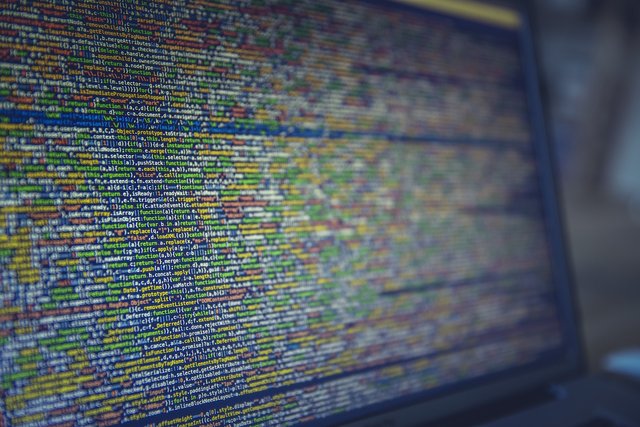
4. Human Computer Integration
Computers already are used inside the human body. Cochlear implants, for example, help some deaf people hear by stimulating the ear and the nerves that send information to the brain. Chips are already being implanted into the human body to help it perform basic functions. A processor now regulates the release of hormones in the same way processors regulate the fuel mixture in the automobiles.
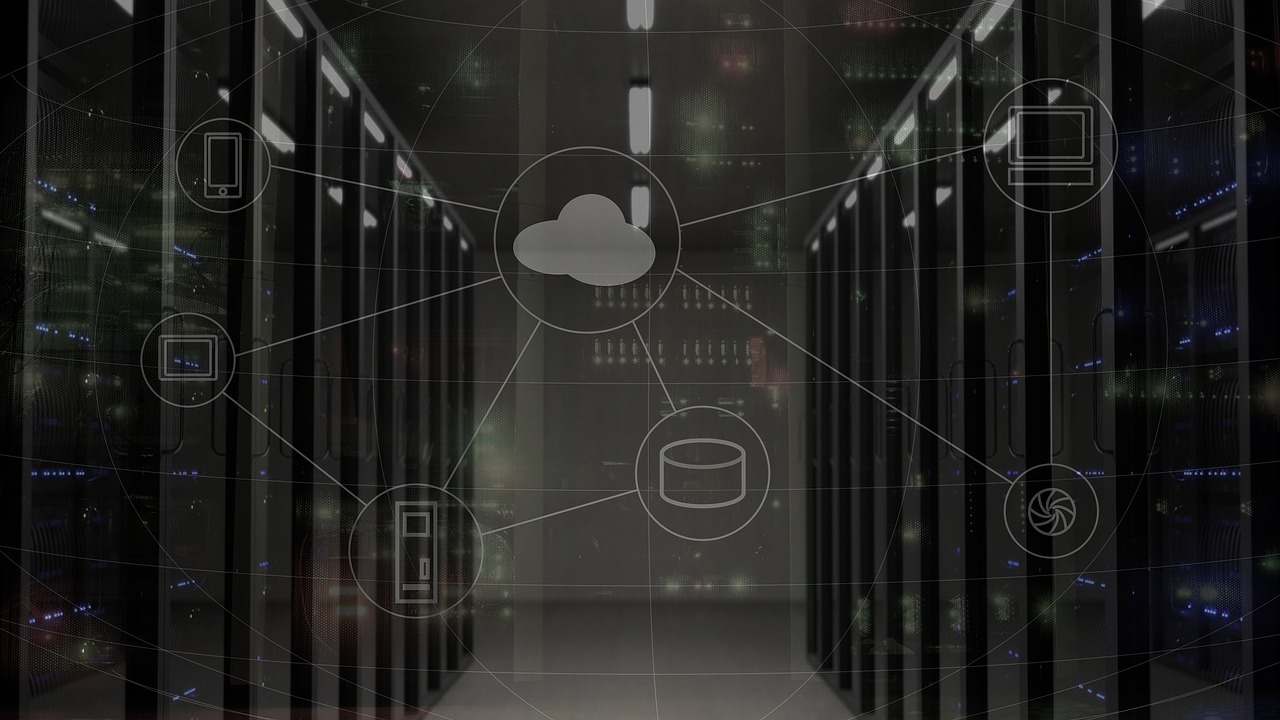
5. Speech Recognition
This is the ability to understand natural languages, meaning a computer translating your spoken statement into computer instructions and responding in an appropriate fashion. Examples include the apple Siri and Microsoft Cortana.
Siri is an intelligent personal assistant, part of Apple Inc.'s iOS, watchOS, macOS, and tvOS operating systems. The assistant uses voice queries and a natural language user interface to attempt to answer questions, make recommendations, and perform actions by delegating requests to a set of Internet services. The software adapts to users' individual language usages, searches, and preferences, with continuing use. Returned results are individualized.
Its speech recognitionengine is provided by Nuance Communications, and Siri uses advanced machine learning technologies to function. Its original American, British, and Australian voice actors recorded their respective voices around 2005, unaware of the recordings' eventual usage in Siri.
Siri supports a wide range of user commands, including performing phone actions, checking basic information, scheduling events and reminders, handling device settings, searching the Internet, navigating areas, finding information on entertainment, and is able to engage with iOS-integrated apps.

6. Microsoft Cortana
Cortana is a virtual assistant created by Microsoft for Windows 10, Windows 10 Mobile, Windows Phone 8.1.
Cortana can set reminders, recognize natural voice without the requirement for keyboard input, and answer questions using information from the Bing search engine.
Cortana is currently available in English, Portuguese, French, German, Italian, Spanish, Chinese, and Japanese language editions, depending on the software platform and region in which it is used.
7. Robotics
These computers are capable of performing human tasks. They are now in hospitals and homes. Homes are becoming lively and clean with the advent of robots for entertainment and learning. We've seen advances in robotic surgeries result in minimal damage to the surrounding tissue. It is now particularly used to remove tumors in the brain. Examples include:
Surgical Robots These robots either allow surgical operations to be carried out with greater precision than an unaided human surgeon, or allow remote surgery where a human surgeon is not physically present with the patient.
Rehabilitation Robots This group facilitates and supports the lives of infirm, elderly people, or those with dysfunction of body parts effecting movement. These robots are also used for rehabilitation and related procedures, such as training and therapy.
Biorobots A group of robots designed to imitate the cognition of humans and animals.
Telepresence Robots Allow off-site medical professionals to move, look around, communicate, and participate from remote locations.
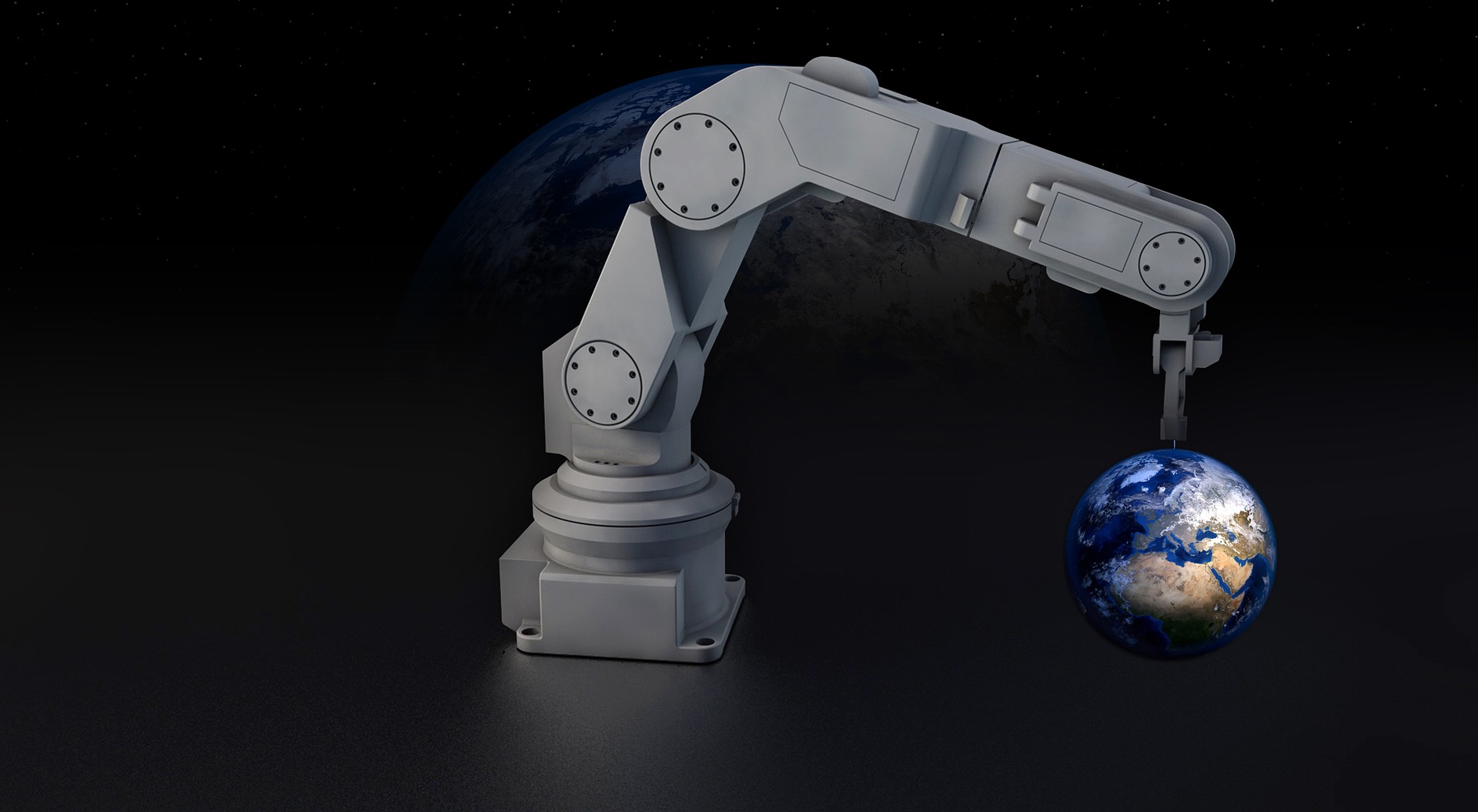
Pharmacy Automation Robotic Systems helps to dispense oral solids in a retail pharmacy setting or preparing sterile IV admixtures in a hospital pharmacy setting.
Disinfection Robot has the capability to disinfect a whole room in mere minutes, generally using ultraviolet light technology. They are being used to fight Ebola virus disease.
8. Virtual Reality (VR)
VR is the use of computers to stimulate a real or imagined environment that appears as a there dimensional (3-D) space. VR allows you to explore and manipulate controls to experience the 3-D space completely.
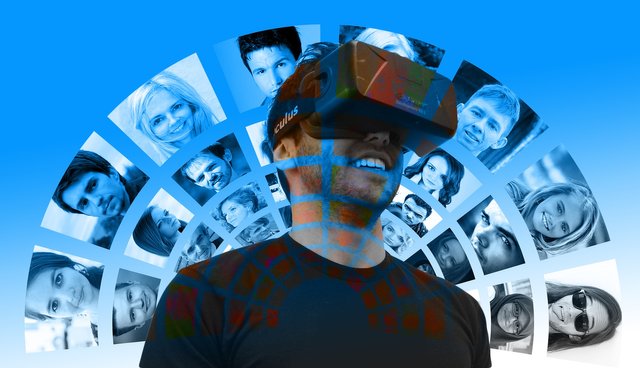
9. 3D Printing
3D printing, also known as additive manufacturing (AM), refers to processes used to create a three-dimensional object in which material is joined or solidified under computer control to create an object, with material being added together (such as liquid molecules or powder grains being fused together). Objects can be of almost any shape or geometry and typically are produced using digital model data from a 3D model or another electronic data source such as an Additive Manufacturing File (AMF) file (usually in sequential layers). Stereolithography (STL) is one of the most common file types that is used for 3D Printing. Thus, unlike material removed from a stock in the conventional machining process, 3D printing or AM builds a three-dimensional object from computer-aided design (CAD) model or AMF file, usually by successively adding material layer by layer.
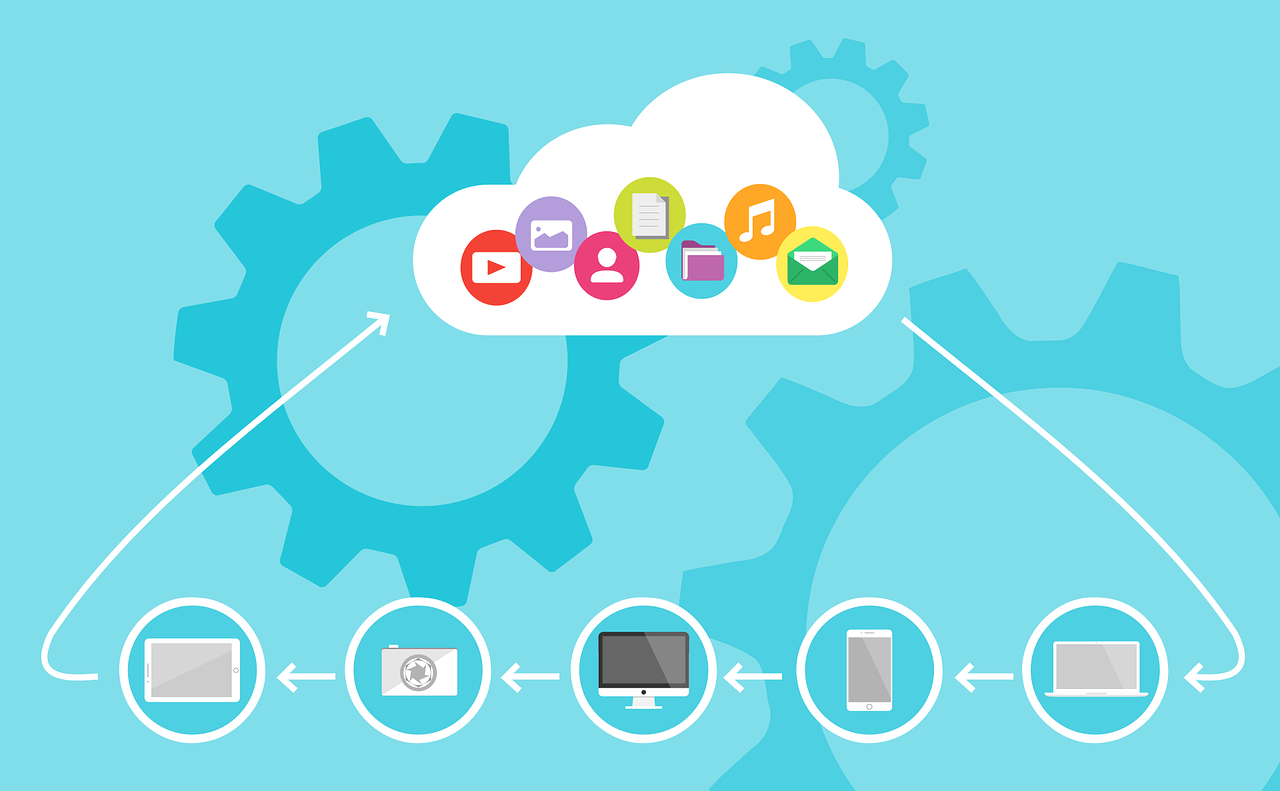
10. Cloud Computing
Cloud computing is an information technology (IT) paradigm that enables ubiquitous access to shared pools of configurable system resources and higher-level services that can be rapidly provisionedwith minimal management effort, often over the Internet. Cloud computing relies on sharing of resources to achieve coherence and economy of scale, similar to a utility.
Third-party clouds enable organizations to focus on their core businesses instead of expending resources on computer infrastructure and maintenance. Advocates note that cloud computing allows companies to avoid or minimize up-front IT infrastructurecosts. Proponents also claim that cloud computing allows enterprises to get their applications up and running faster, with improved manageability and less maintenance, and that it enables IT teams to more rapidly adjust resources to meet fluctuating and unpredictable businessdemand. Cloud providers typically use a "pay-as-you-go" model, which can lead to unexpected operating expenses if administrators are not familiarized with cloud-pricing models.
image source pixabay.com
Thanks For Visiting My page
Leave A Comment And Upvote If you Find This Topic Helpful